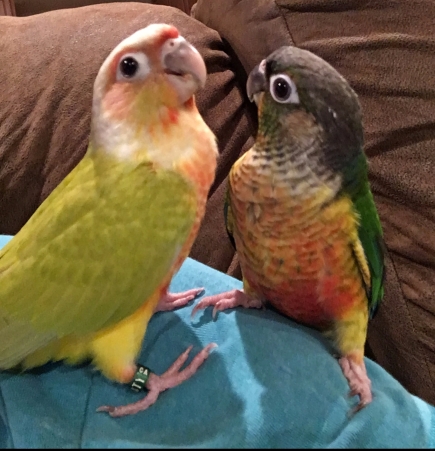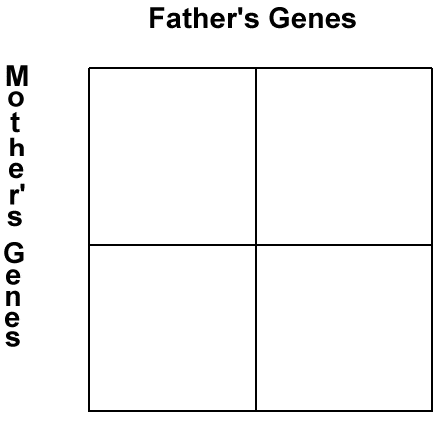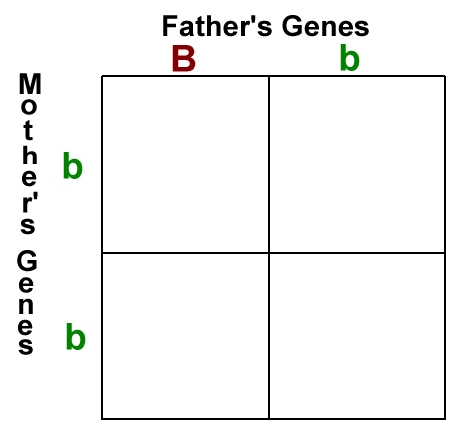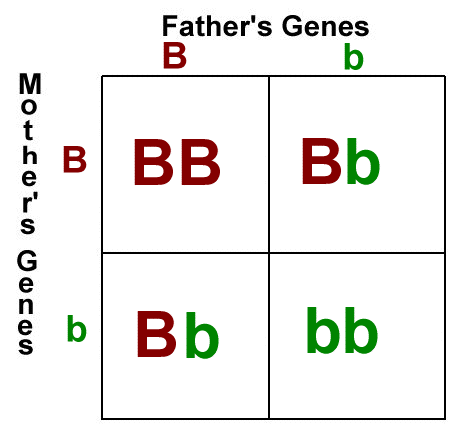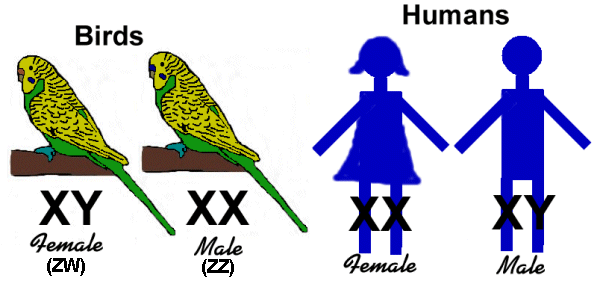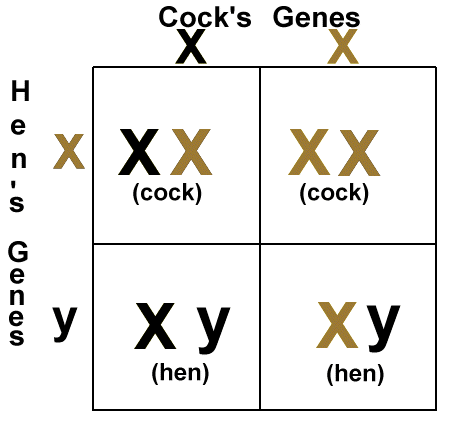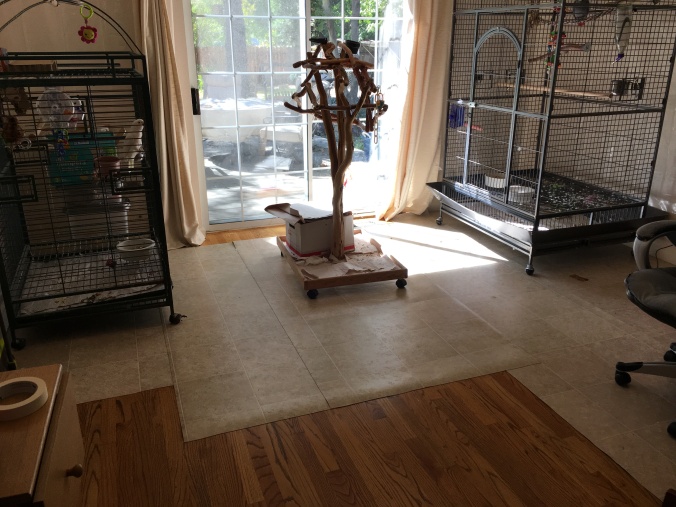There are lots of reasons you might need to move your bird: vet visits, coming home for the first time, emergency evacuation. Carriers are essential to have around. My clients arrive for pick up with all kinds of carriers, so I’ve had a chance to see many of these in action. First I’ll go over what makes a good carrier, then I’ll grade some of the carriers I’ve seen.
There are four things you want to look for in a carrier:
- Hard sides (to protect against impacts)
- Solid-colored sides (to help the bird feel more secure)
- Ventilation
- Size in relation to bird, especially height of carrier
Carriers should be SMALL
You’re probably thinking that bigger is better, and if you’re buying a cage that would be true, but a carrier is NOT a home. It’s a temporary way to safely transport a bird. Smaller is better, particularly in height. Spooked birds will attempt to fly, and a large carrier gives them space to injure themselves. Ideally, the carrier should not let them “take off” at all.

These carriers are common among professionals. They can even come in triple tiers. They are very short, ensuring the birds can’t fly and bash into the sides.
But won’t they be scared/upset/cramped?
No! Parrots nest in tree cavities. They love dark, enclosed spaces and feel quite secure in them. In fact, I highly recommend covering your carrier with a towel, leaving only a small section exposed, so that your bird feels safer.
Carriers Should be Empty
It’s tempting to give your birds toys and other things to do in a carrier, but all these items are a hazard in a moving vehicle. I recommend some seed or millet on the floor. Water can be foregone completely for short drives (4 hours), but should be offered at stops for longer trips. Fruit is often used by professionals as a spill-proof source of moisture.
Now let’s see how some carriers measure up.
Carrier 1: My Pick

This carrier was designed to fit under the seat while flying commercially. It’s relatively flat, which makes it safer. Hard sides give it more stability, and the fact that they’re mostly covered allows the bird to feel more secure.
Carrier 2: Nice and Solid

This is not meant for birds, but it works well. It’s solid. The sides are hard. It’s far less likely to collapse if something falls on it. It will make birds feel safe. Definitely a good carrier, especially if you have large birds.
Carrier 3: Remove Dishes, Add Towel

I much prefer stuff like this to the clear carriers. Why? Birds are used to wire. They know how it works. They can climb on it and they know its boundaries. They don’t try to fly through it. It also provides ventilation.
My only issue with this is that a small used cage might be just as good, and the tray will probably want to slide out, unless there’s a lock I’m not seeing.
Carrier 4: Okay, but kinda small

This one also loads from the top, but it’s wire so that’s less of a problem. It’s small, which means the bird can’t bash into the sides, but it’s also kinda cramped, especially for something like a ringneck, which has an extremely long tail. It would need to be covered with something to make the bird feel more secure.
Carrier 5: Okay, but kinda big

I could also see it getting pretty hot in a car. This is extremely tall, which gives little birds too much space to fly upward. For a large bird, the perch looks too small and their tail might not have enough space.
Carrier 6: Reverse Claustrophobia

Remember what I said about parrots feeling safe in dark, enclosed spaces? Yeah, this ain’t that. Might be okay if you add a towel, but you really want something with solid colored sides. The ventilation also doesn’t look great. This is something meant to appeal to human aesthetic.
Carrier 7: Gives me the Heebie Jeebies

I don’t like this design, and it took me a while to figure out why. It’s not see-through, so it would definitely make a bird feel safe. My main concern would be breathe-ability of the fabric, and the fact that it could totally collapse on your bird if something impacted it (another person bumping into you, since it’s not clear it’s a pet carrier, or if you got into a car accident). The reason pet carriers for dogs and cats are made of hard plastic is because it helps protect the animal from accidental impact.
Carrier 8: Hazardous Lid

On the surface, this carrier looks fine. I had a few people pick birds up with this in 2019 though, and got to see it in action. There are several issues, mostly having to do with the lid. It caught toes, feet, and even wings easily. The bird is placed in from the top, and since its first instinct is to fly, it immediately tries to get back out through the top, which leads to the toe/wing getting caught issue. Side loading carriers are better.
The other issue is that the top is clear. Even when closed, the bird will fly up (and it has just enough space to do that) into the lid. Repeatedly. If you do have this carrier, a towel or other covering is a must.
© 2020 by Karen Trinkaus. May not be reprinted or used in any way without the author’s permission.





















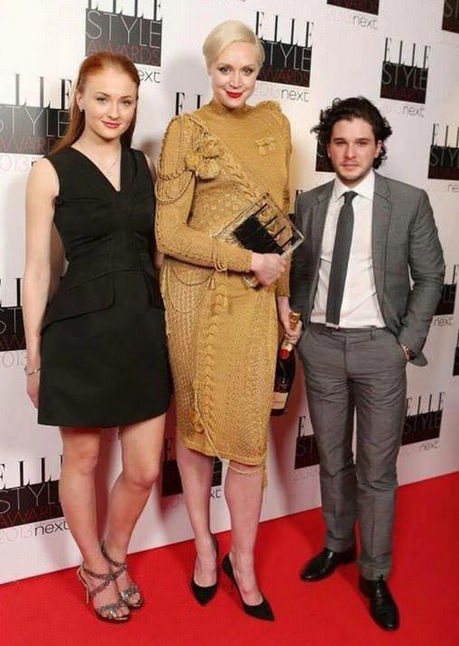




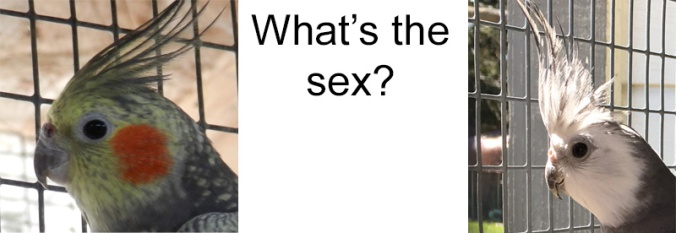 Okay now what about these two? The bird on the left has a very nice orange patch, just like the male above. The bird on the right doesn’t even have a cheek patch.
Okay now what about these two? The bird on the left has a very nice orange patch, just like the male above. The bird on the right doesn’t even have a cheek patch.
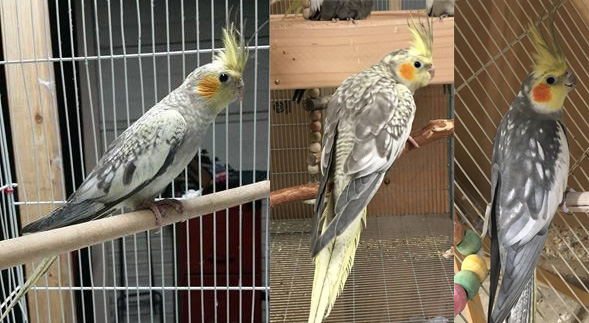
 Okay now what about these two? The bird on the left has a much brighter cheek patch than the bird on the right.
Okay now what about these two? The bird on the left has a much brighter cheek patch than the bird on the right. “No problem,” someone says. “I can just look for the facial mask!”
“No problem,” someone says. “I can just look for the facial mask!” On the left we’re missing the distinct facial mask and the cheek patch is dull. The bird on the right is lutino, so it’s difficult to see if there’s a mask there, but the cheek patch is bright. Which one is male and which one is female?
On the left we’re missing the distinct facial mask and the cheek patch is dull. The bird on the right is lutino, so it’s difficult to see if there’s a mask there, but the cheek patch is bright. Which one is male and which one is female?








